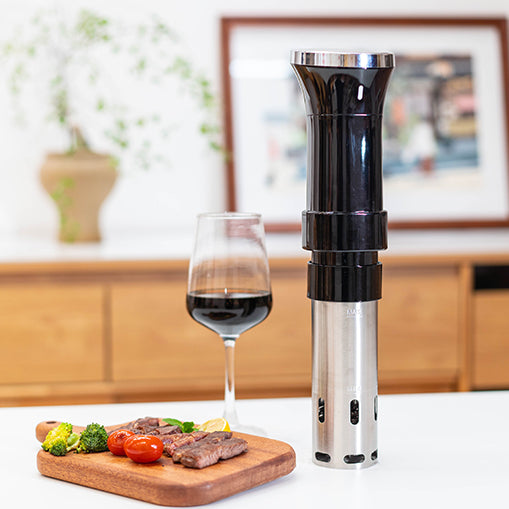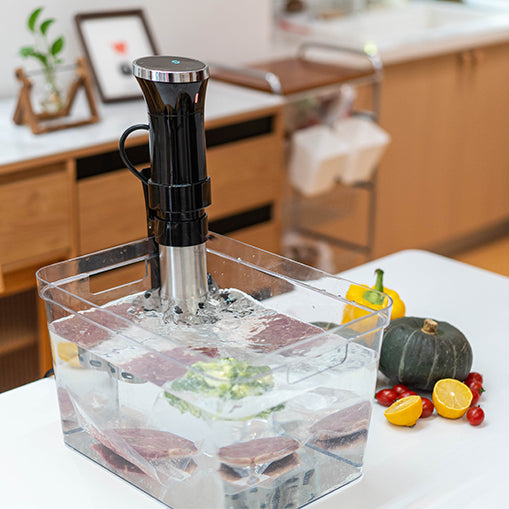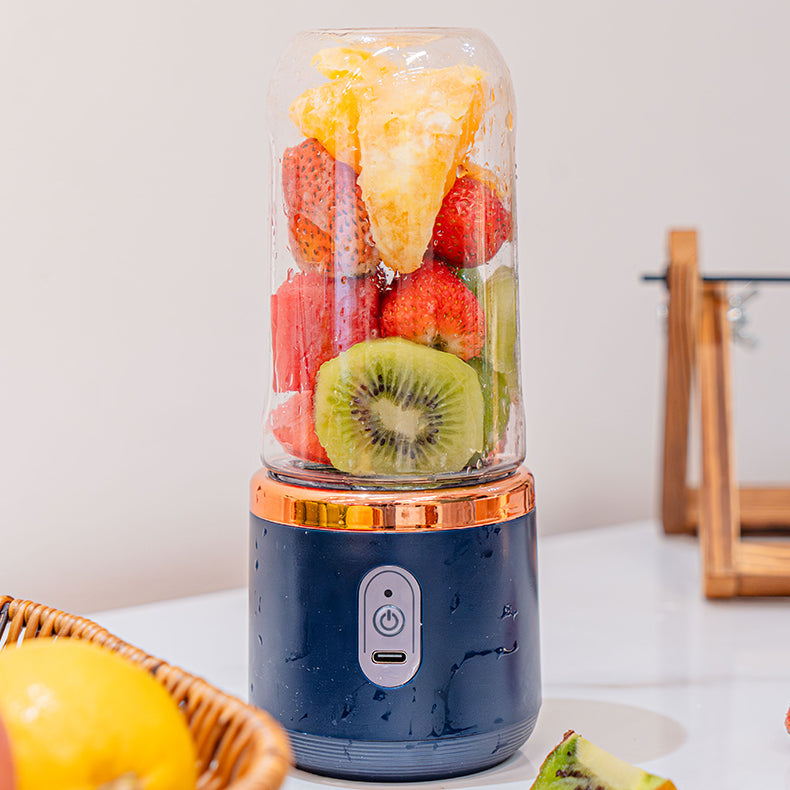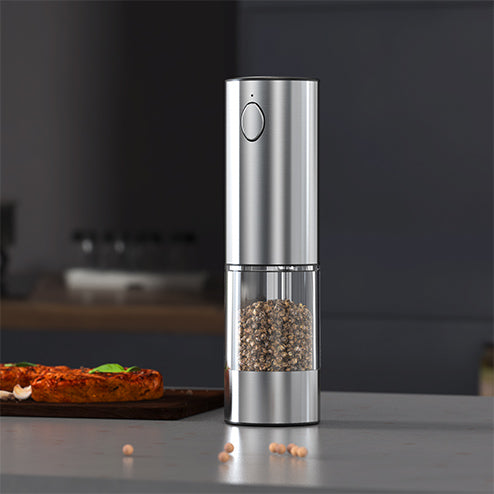Cooking beef tongue might sound intimidating, but with the sous vide method, it’s surprisingly simple—and delicious. This often-overlooked cut can transform into something so tender. With precise temperature control, sous vide takes the guesswork out of the process and ensures perfect results every time. In this guide, you’ll discover how to prepare, cook, and serve sous vide beef tongue, along with tips on ideal temperatures and creative ways to enjoy this flavorful dish. Get ready to elevate your culinary skills with ease!

What Is Sous Vide Beef Tongue and Why Should You Try It?
Before learning how to cook beef tongue sous vide, let's talk about beef tongue. It's a cut of meat that comes from the tongue of a cow and is known for its rich, beefy flavor and unique texture. It's a bit tougher than other cuts, which is why slow cooking methods like braising or sous vide work wonders on it. When cooked right, beef tongue becomes incredibly tender and takes on whatever flavors you pair it with. It might seem a bit unusual if you're not used to it, but once you give it a try, you might be pleasantly surprised by how delicious it can be. Here is why you should try it:
- Exceptional Texture: Sous vide cooking ensures even cooking and eliminates the risk of drying out the meat, resulting in a consistently tender texture.
- Rich Flavor: Beef tongue has a rich, beefy flavor that intensifies when cooked sous vide. The flavors meld beautifully, making every bite delicious.
- Versatile: It can be served in various ways, from tacos to salads or simply sliced with a sauce. Its adaptability makes it a fantastic addition to your cooking repertoire.
- Healthy Option: Cooking sous vide tongue retains nutrients that might be lost in traditional cooking methods, offering a more health-conscious choice.
What to Prepare When Sous Vide Beef Tongue?
When you're getting ready to make sous vide beef tongue (sous vide lengua), here are a few things to prepare to ensure everything goes smoothly:

Ingredients:
- 1 beef tongue (about 2-3 pounds)
- Salt and pepper
- Optional spices (bay leaves, garlic, onion, or other aromatics for added flavor)
Equipment:
- Sous vide machine
- Vacuum sealer and bags (or zip-top bags)
- Large pot or container for the water bath
- Skillet for searing (optional)
- Cutting board and sharp knife for slicing
Step-by-Step Instruction to Sous Vide Beef Tongue
The beef tongue has this wonderfully rich, beefy flavor, but it can be quite tough if not cooked right. Veal tongue sous vide can be cooked slowly, transforming it into a tender, flavorful dish without worrying about overcooking or drying it out. Here are step-by-step instructions:

1. Prepare the Tongue
Rinse the tongue under cold water to remove any impurities and debris. Use a sharp knife to remove any thick layers of fat and connective tissue for better texture and flavor absorption. Then generously season with salt and pepper. You can also add spices or herbs for extra flavor, such as crushed garlic or fresh thyme.
2. Seal the Tongue
Place the seasoned tongue in a vacuum-seal bag. Use a vacuum sealer to remove the air, or employ the water displacement method if using a zip-top bag—simply submerge the bag in water until the air escapes, then seal it.
3. Prepare the Water Bath
Fill a large pot or container with water and attach your sous vide machine. Set the desired cooking temperature according to your preference. Set the temperature to 158°F (70°C) and let the water preheat. Beef tongue needs a long cook to become tender, and this temperature will give you perfect results.
4. Cook
Submerge the sealed tongue in the water bath. Cook for 24-48 hours, depending on your desired tenderness. Longer cooking times will create more tender meat. With the SCHWUA Sous Vide Machine, the consistent temperature and water level monitoring ensure your cooking experience is efficient and safe, thanks to features like automatic shutoff for low water levels and high temperature detection.
5. Cool and Peel
After cooking, carefully remove the bag from the water bath. Take the tongue out of the bag and let it cool down just enough to handle. You’ll notice a tough outer skin on the tongue—peel this off, and it should come off easily after the long sous vide process.
6. Sear (Optional)
For added flavor and a crispy exterior, sear the tongue in a hot skillet with a little oil or butter for a couple of minutes on each side to enhance both appearance and taste.
What Are the Best Temperatures and Cooking Times for Sous Vide Beef Tongue?
The ideal temperature and time for sous vide cow tongue will vary based on personal preference for texture and doneness. It’s essential to consider how tender you want the meat to be. Here is a chart for beef tongue sous vide temperature and time:
|
Doneness |
Temperature |
Time |
|
Tender |
150°F (65.6 ºC) |
24-48h |
|
Firm but Shreddable |
158°F (70 ºC) |
24-48h |
|
Fall Apart |
165°F (73.9 ºC) |
24-48h |
|
Really Fall Apart |
176°F (80 ºC) |
12-24h |
How to Serve Sous Vide Beef Tongue?
Once your beef tongue is cooked, it’s time to get creative with serving ideas. The versatility of beef tongue allows it to be a star in various dishes. Take a look at these serving suggestions:
Tacos: Slice the tongue thinly and serve in warm tortillas with salsa, avocado, onions, and cilantro for a delicious taco night.
Salads: Dice and toss with mixed greens, vinaigrette, and roasted vegetables for a hearty salad. The richness of the tongue pairs beautifully with fresh greens.
Sandwiches: Use slices of beef tongue in sandwiches, topped with mustard or pickles for extra flavor. It works well with crusty bread or soft rolls.
Charcuterie Board: Present slices of tongue on a charcuterie board alongside cheeses, olives, pickles, and crackers. Its unique flavor profile will intrigue your guests.
Appetizers: Serve thinly sliced tongue with a dipping sauce as an appetizer. Consider a chimichurri or garlic aioli for a tasty complement.
Conclusion
Sous vide beef tongue is a deliciously unique dish that showcases the benefits of sous vide cooking. With its tender texture and rich flavor, it’s a versatile ingredient for various dishes. Whether you enjoy it in tacos, salads, or on its own, this guide will help you achieve perfect results every time. Don’t shy away from trying this impressive dish; your culinary skills will shine, and your taste buds will thank you!









